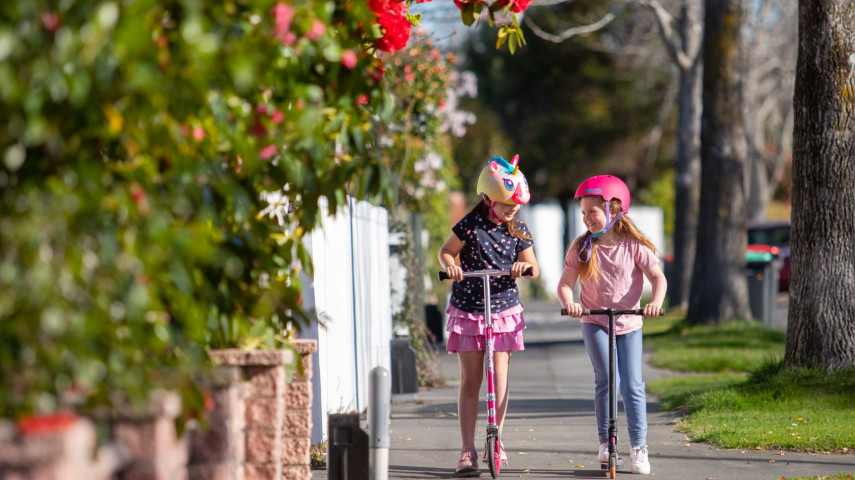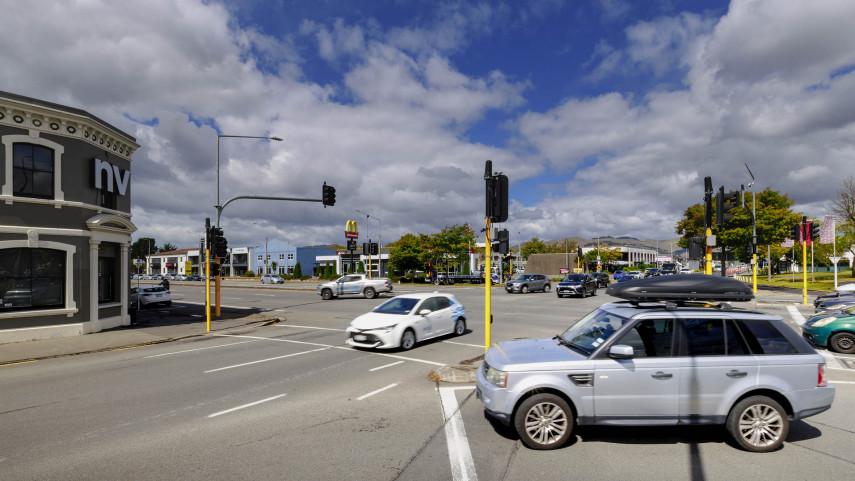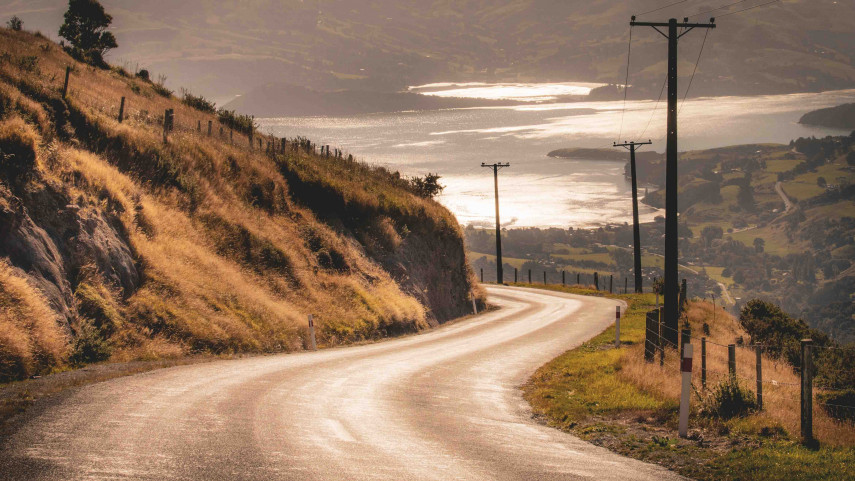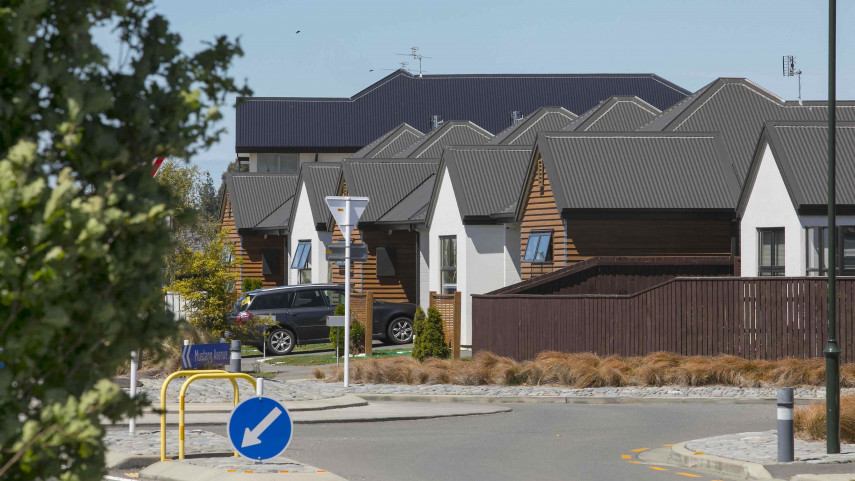We've had to change the way we approach safer speeds in Ōtautahi Christchurch and Te Pātaka o Rākaihautū Banks Peninsula.

National speed limits rules have changed
The Government’s new Land Transport Rule: Setting of Speed Limits(external link) came into effect on 30 October 2024. The new rule means Christchurch City Council can no longer implement speed limit changes previously approved through the Safer Speed Plan we consulted on(external link) in 2023. This rule applies to all councils and road controlling authorities across the country.
With the new rule in place, we need to reverse the speed limits on the seven roads(external link) listed below by 1 July 2025:
- Western Valley Road between Christchurch Akaroa Road and 72 Western Valley Road.
- Gloucester Street between Linwood Avenue and Woodham Road.
- Ruru Road between Hay Street and Maces Road.
- Claremont Avenue between Paparoa Street and Tomes Road.
- Rose Street between Hoon Hay Road and Barrington Street.
- Lyttelton Street between Sparks Road and Rose Street.
- Colombo Street between Hunter Terrace and 129 Colombo Street.
There is no requirement to consult on the speed limit reversals on the specified roads listed in the rule. All new speed limits need to align with the rule. These reversals were approved by the elected Council on Wednesday 19 March 2025(external link).
Read our Newsline (external link)story for more information, or watch the decision(external link) being made.
Setting speed limits in future
Right now, we're prioritising implementing speed limit reversals and variable speed limits outside schools within the timeframes set out in the rule.
We're also developing a new process for changing speed limits in accordance with the requirements of the new rule. We can provide further information in future when this has been determined.
Related news

News in brief from the Christchurch City Council meeting
Improvements on Moorhouse Avenue, speed limits around schools, tsunami sirens and Central City development contributions – here are the key decisions made at today's Christchurch City Council meeting.
18 Jun 2025
Call for views on Banks Peninsula speed limits
A proposed plan to lower speed limits on Banks Peninsula – including Akaroa and Lyttelton – is now open for public feedback.
28 Jan 2021
Have your say on drive to reduce speeds in Wigram
Wigram may be on the road to reducing speeds, with proposed changes open for community feedback.
20 Oct 2020